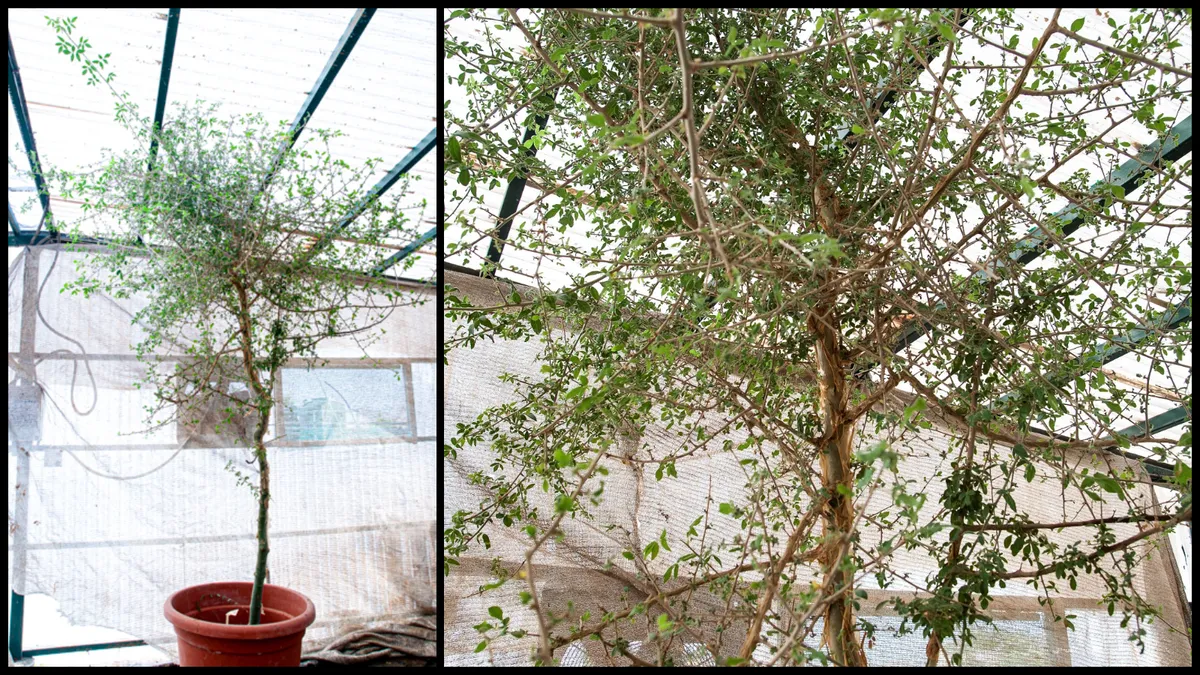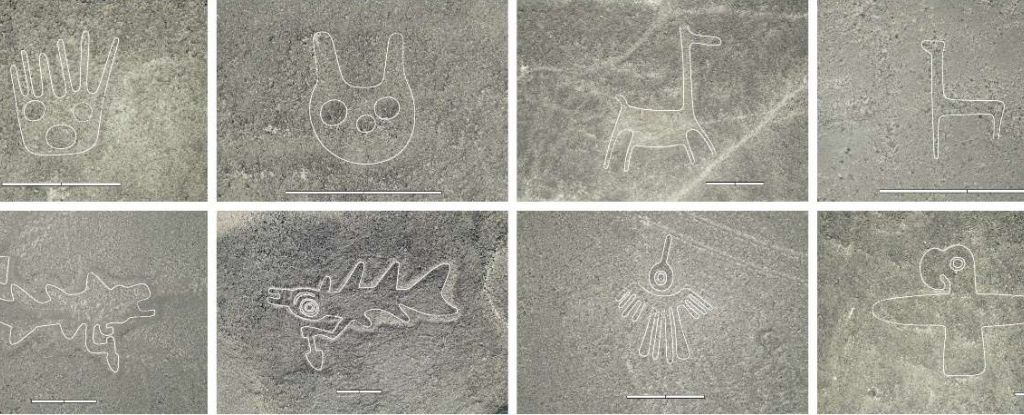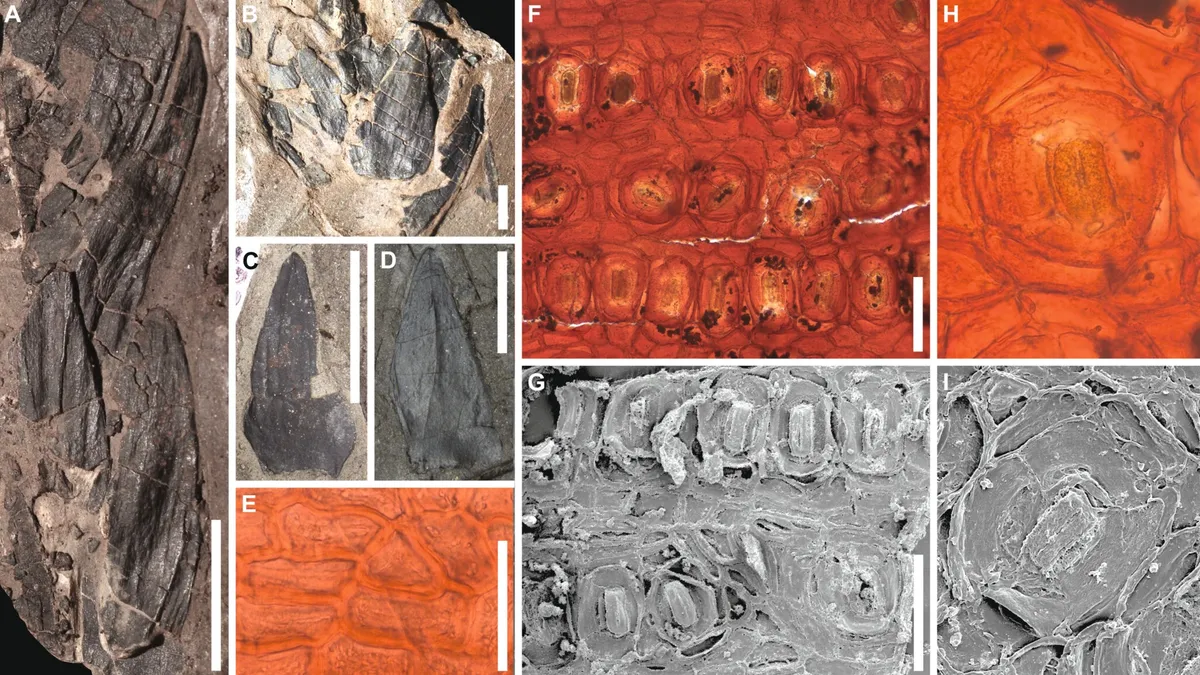Ancient news stories

Archaeologists have analyzed textiles from the ancient city of Huacas de Moche, Peru, showing how the population’s cultural traditions survived in the face of external influence. See the study here.

Scientists have grown an ancient seed from a cave in the Judean Desert into a tree — and it could belong to a locally-extinct species with medicinal properties mentioned several times in the Bible

Scientists, as well as Hollywood movie producers, have long looked to nuclear bombs as a promising form of defence should a massive asteroid appear without warning on a collision course with Earth. Now, researchers at a US government facility have put the idea on a firm footing, showing how such a blast might save the world in the first comprehensive demo of nuclear-assisted planetary defence.

Archaeological fieldwork in Morocco has discovered the earliest previously unknown farming society from a poorly understood period of northwest African prehistory. This study, published today in Antiquity, reveals for the first time the importance of the Maghreb (northwest Africa) in the emergence of complex societies in the wider Mediterranean.

Using drones and AI, a team led by archaeologist and anthropologist Masato Sakai of Yamagata University in Japan has discovered a jaw-dropping 303 more in just six months – nearly doubling the known number.

In a new study, the team drew on a wide range of evidence—from medical studies of modern equestrians to records of human remains across thousands of years.

Fifty million years ago, lush rainforests blanketed modern-day Antarctica, Australia, New Zealand and the tip of South America. Now, researchers have discovered new fossils that reveal which plant species populated these forests and how they adapted to life near the South Pole.
A newly discovered fossil site in the northeast US provides a glimpse into an ancient ecosystem nearly 100 million years older than the first dinosaurs. The exceptionally well-preserved find is described in Nature Communications.

Known as the Pitted Ware Culture (PWC), this waterfaring Neolithic group of hunter-gatherers lived in Scandinavia between 3500 and 2300 B.C., according to the study, published Aug. 26 in the Journal of Maritime Archaeology.

At various sites on the Abşeron Peninsula and Gobustan Reserve in Azerbaijan, archaeologists have found six designs carved into the surfaces of rocks. Dating to around 2000 BCE, they each resemble the hallmark pattern on which the ancient board game Hounds and Jackals is based. The research has been published in the European Journal of Archaeology.

A team of researchers have analyzed human remains from the Oakhurst rock shelter in southernmost Africa and reconstructed the genomes of thirteen individuals, who died between 1,300 and 10,000 years ago, including the oldest human genome from South Africa to date. Their study is published in the journal Nature Ecology & Evolution.

New research suggests that black holes may actually be “frozen stars,” bizarre quantum objects that lack a singularity and an event horizon, potentially solving some of the biggest paradoxes in black hole physics.

African rock art depicting a mythical tusked creature may mirror the look of fossils of real-life ancient mammal relatives called dicynodonts. See the study here.

When modern humans emerged from Africa, they explored far more than just new places. They encountered other human species, and in the Zagros Mountains of Iran, they did a heck of a lot more than just say hello. This research was published in Scientific Reports.

In an article recently published in Latin American Antiquity, Dr. Jill Mollenhauer argues that the Gulf Lowland Olmec, one of Mesoamerica’s earliest major civilizations, sometimes incorporated aesthetic and ritual practices associated with their rock art into their sculptures…

Some chapters of human history are more poignant to revisit than others…But other chapters, like those describing the loss of our ancient ancestors, are harder to recover as time passes. A chance finding of bones in a cave is revealing clues of a much older tragic mystery.








